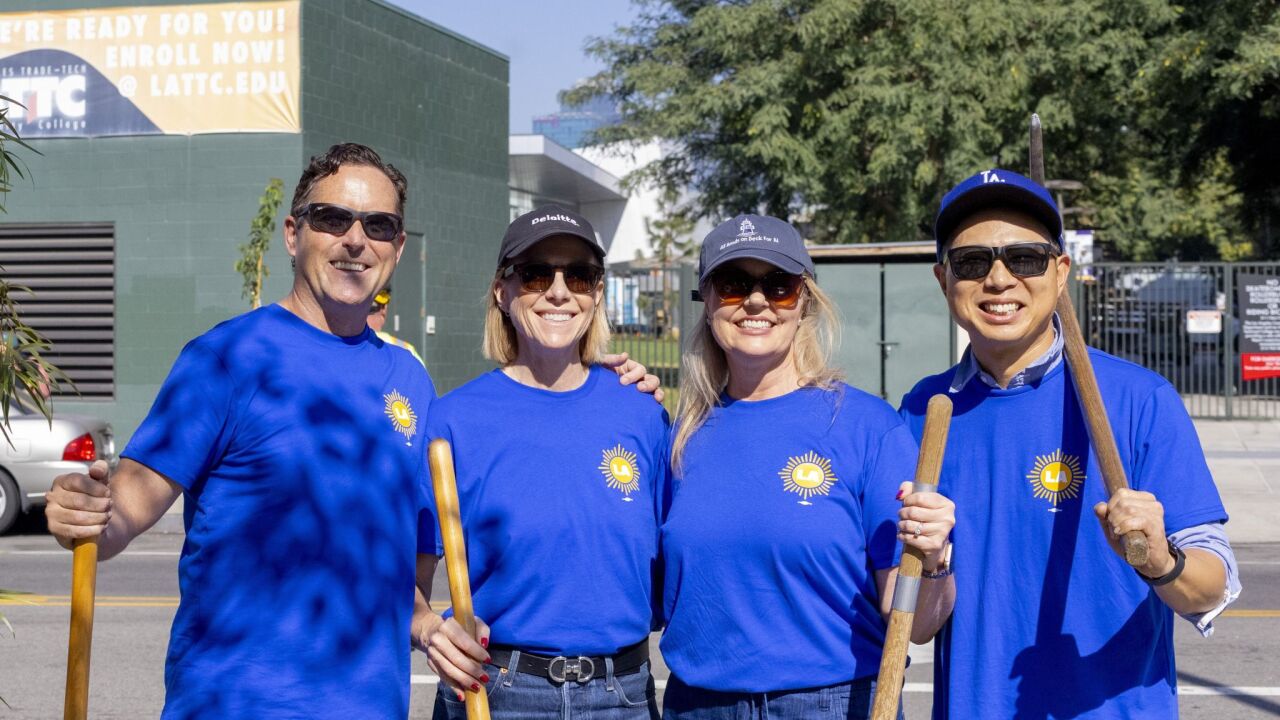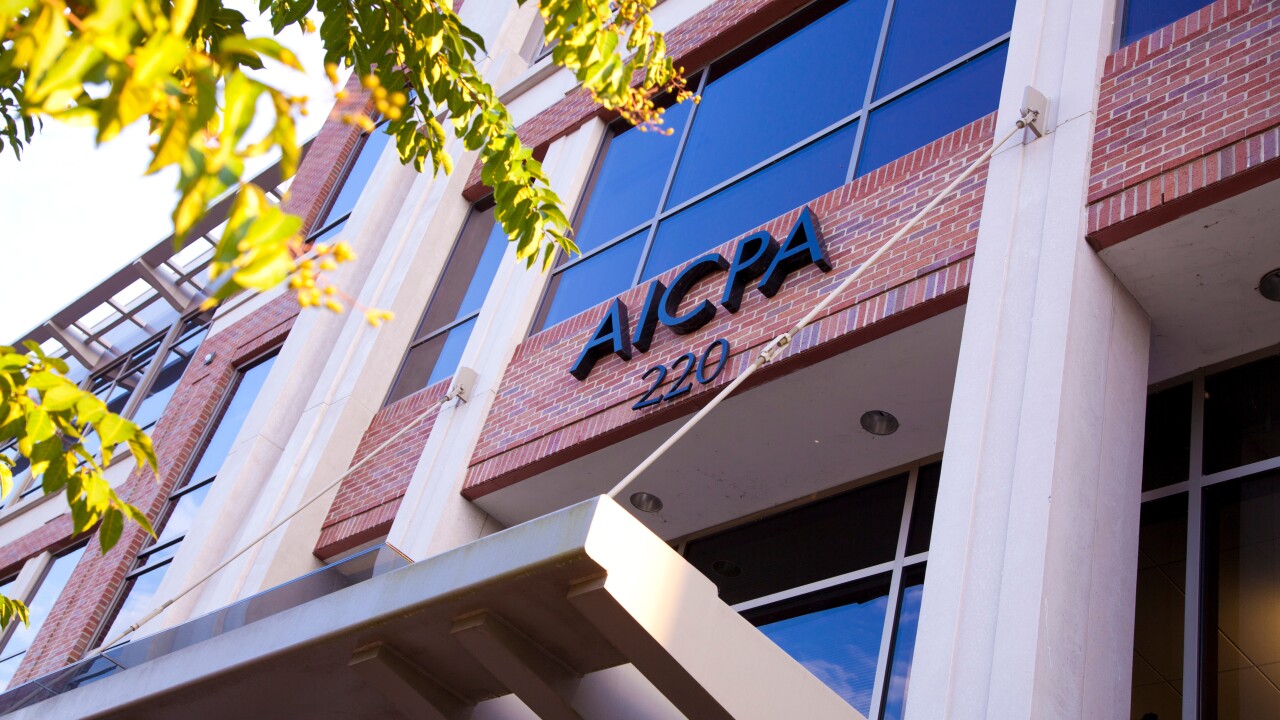Across advisory, audit, and tax, two performance metrics define success: Was the engagement completed on time? And was it delivered within budget?
Unfortunately, more than 30% of engagements struggle to meet these basic benchmarks. This is true across the board — at the Big Four, the Top 100, midsized and small firms — and spans all practice areas. It's a remarkably consistent finding, and it has significant implications that ripple outward as one engagement runs into the next, disrupting staffing, sparking billing disputes, lowering realization, and straining client relationships.
There are many reasons why engagements go off track. There isn't one single cause that explains 100% of all circumstances. However, our
What is the Client Readiness Gap?
Simply put, the Client Readiness Gap is the struggle firms experience in collecting and validating all the necessary information from their clients to complete engagements efficiently. This problem sounds simple and straightforward, but it's pervasive and pernicious for several reasons. To understand why, it is helpful to examine how engagements unfold in practice.
Every engagement involves dozens — if not hundreds or even thousands — of individual requests to clients for pieces of information. The likelihood that a client will respond correctly and completely to any one of those individual requests the first time is less than 40%. That means that nearly two-thirds of the time, when a client responds to a request, they provide incomplete or incorrect information that requires clarification and follow-up. And the challenge doesn't stop there.
Even after a client uploads information, an accountant often can't immediately determine precisely what's missing or incorrect in that information until they move it out of the client collaboration environment and into their actual workpapers or testing systems. It's not until then that errors are usually discovered, and when the back and forth with the client finally begins.
At this stage, accountants are now forced to work across disconnected systems because legacy testing environments are inherently non-collaborative. Following up with clients involves switching platforms, taking screenshots, and manually marking up documents, among other tasks. All of these things cause significant delays and frequent miscommunication. That's where inefficiency and frustration multiply.
This gap doesn't just delay the start of an engagement. It stalls progress throughout the entire process. Incomplete documentation, late responses, back-and-forth emails, and engagement teams waiting instead of working may all seem like isolated issues, but they are all fractures that contribute to the Client Readiness Gap and compound over time.
Why should firms care about closing the gap?
Closing the Client Readiness Gap is about protecting a firm's bottom line and future revenue. Firms are losing billable time to this gap. In a profession where time is the primary unit of value, this loss is unsustainable. More importantly, it's preventable.
Firms also don't have the hours or staff to spare. When engagements drag due to incomplete data or repeated back and forth, the firm pays the price in absorbed hours, missed targets, and disrupted schedules. Closing the gap helps eliminate those inefficiencies at the source, unlocking engagement team capacity, improving realization, and ultimately making everyone happier.
No one wants engagements to run long or over budget, but the process that firms rely on today practically guarantees that result. The disconnect between intention and outcome signals a broken process, and it also represents the greatest and most immediate opportunity for growth. Firms that intentionally close the Client Readiness Gap will protect their margins while also enhancing the client experience and positioning themselves for growth and scalability.
To close the Client Readiness Gap, firms must take several key steps.
First, they need to recognize that the gap is the single greatest challenge they face. There are many areas where firms can improve, but many of these improvements are distractions with minimal payback. Nothing will result in greater efficiency and satisfaction improvements for the firm and its clients than addressing the gap. It needs to be priority number one.
Second, firms need to recognize that client collaboration goes well beyond the "portal" or "request" phase of an engagement. Collaboration is central to every step of the engagement and needs to be optimized and integrated throughout the entire process.
Third, firms need to align with partners who have a clear vision and roadmap to assist them in closing the gap. They need to learn from and leverage the expertise of industry leaders who are solving these problems at scale.
The Client Readiness Gap won't close itself. It will require bold leadership to reimagine how firms engage with their clients. We're already seeing these leaders emerge, and they're setting a new standard for accounting engagements. In doing so, they consistently answer "Yes" to the two questions that determine an engagement's success: Was it on time, and was it on budget?





